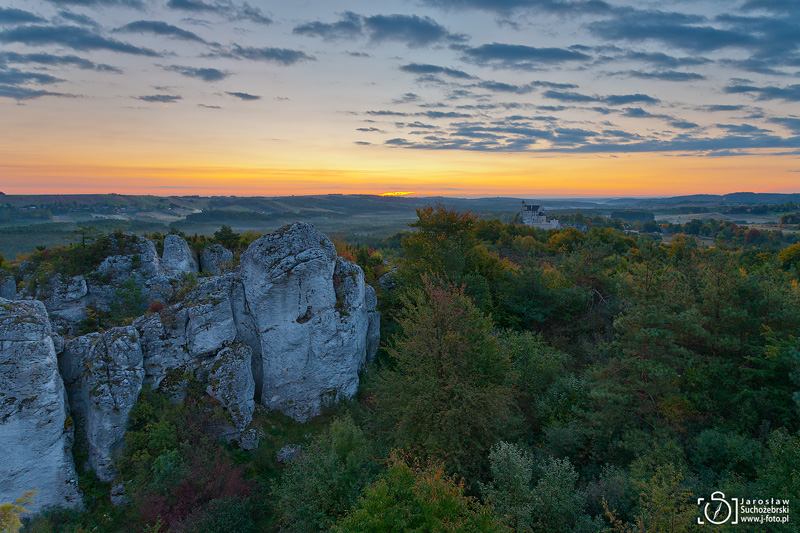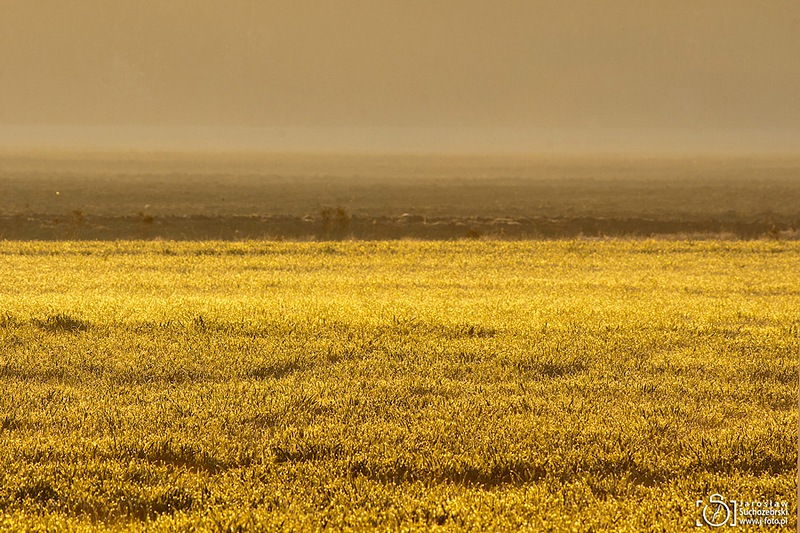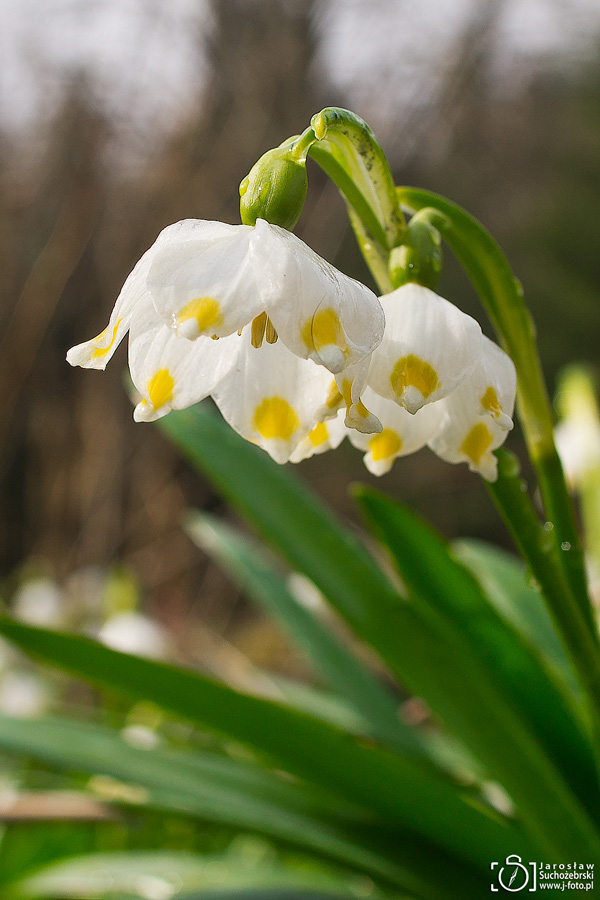Mirowskie Rocks in Polish Jurassic Highland

The Mirowskie Rocks or Mirów-Bobolice Ridge are a part of the Kraków-Częstochowa Upland (aka. Polish Jurassic Highland) in southern Poland. The Mirowskie Rocks extend over a distance of less than 2 km between two picturesque castles in Bobolice (in the east) and Mirów (in the west). The range is formed by impressive outcroppings, in which there are karst caves. The area is covered with pine forests and xerotherm grasslands. The medieval strongholds in Mirów and Bobolice belong to the most interesting in Polish Jura and looks like white ships sailing through the expanse of green of trees. The minor distance between the two strongholds means that a view of both castles can be relished from the Mirowskie Rocks. The area is a great treat for climbing enthusiasts, and an ideal place to walking with the whole family. ABC Wednesday
















